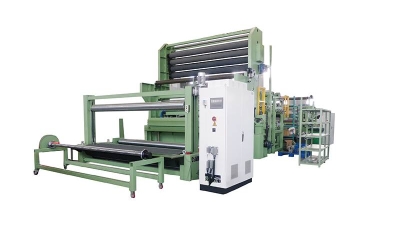How to Maximize Efficiency with Weft-Insertion Warp Knitting Machines in Textile Production
Table of Contents
- Understanding Weft-Insertion Warp Knitting Machines and Their Role in Textile Efficiency
- Key Advantages of Weft-Insertion Techniques in Textile Production Efficiency
- Industry Data: How Weft-Insertion Warp Knitting Machines Boost Output by Up to 30%
- Best Practices for Optimizing Machine Settings to Enhance Production Speed
- Innovative Materials: The Impact of Yarn Selection on Weft-Insertion Efficiency
- Future Trends in Weft-Insertion Warp Knitting Technology for Sustainable Production
- Unlocking Innovation: Exploring the Advantages of the FCM Chopped Biaxial Warp Knitting Machine
- FAQS
- Conclusion
- Related Posts
In today's fast-changing world of textile manufacturing, staying efficient isn't just a choice—it's pretty much essential if you want to stay ahead of the game. One of the coolest tools that manufacturers are really excited about right now is the Weft-Insertion Warp Knitting Machine. This piece of tech isn’t just about cranking out more stuff—it also helps improve the overall quality of the finished products. At DANYANG YIXUN MACHINERY CO., LTD, we're proud to be a leading name in making high-performance warp knitting machines. We offer a range of options, like multiaxial, biaxial, and stitch bonding machines, perfect for different uses such as working with glass fiber or textiles. By adding a Weft-Insertion Warp Knitting Machine into your production lines, you can seriously boost your manufacturing capacity, make better use of your resources, and ramp up efficiency. Basically, it’s a move that can help your business stand out and find greater success in the competitive market out there.
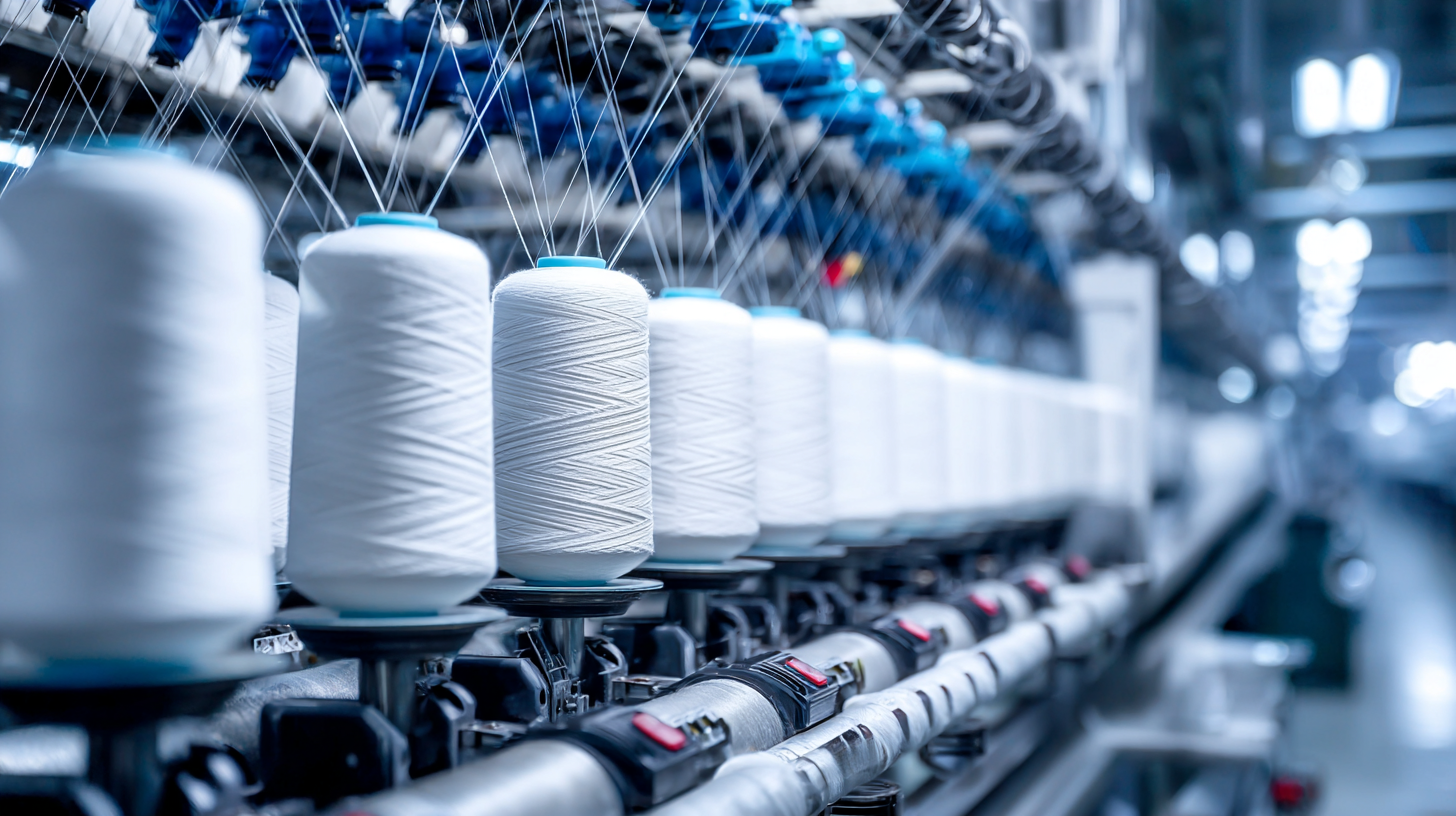
Understanding Weft-Insertion Warp Knitting Machines and Their Role in Textile Efficiency
You know, weft-insertion warp knitting machines have really become game-changers in making textile production more efficient. They’re great because they combine the strengths of warp and weft knitting, allowing for some pretty complex fabric structures that older machines just can’t really handle. From what industry reports say, using these weft-insertion techniques can boost production speeds by as much as 30%. That means manufacturers can keep up with high demand without sacrificing quality — pretty impressive, right? Plus, these machines can create intricate patterns and designs in just one pass, which cuts down on setup time and reduces material waste. It’s like working smarter, not harder.
On top of that, the technology actually improves the fabric’s properties, making end products perform better and last longer. I read somewhere—in a market analysis by Smithers Pira—that demand for all this fancy knitted stuff is expected to grow around 5% each year, especially in sportswear and activewear. So, investing in weft-insertion warp knitting machines isn’t just about speed; it’s also about making textiles more functional and durable. As the textile world keeps evolving, these machines are definitely going to be key in meeting what modern consumers want—faster, better, more sustainable. It’s pretty exciting to see how they’re shaping the future of fabrics, don’t you think?
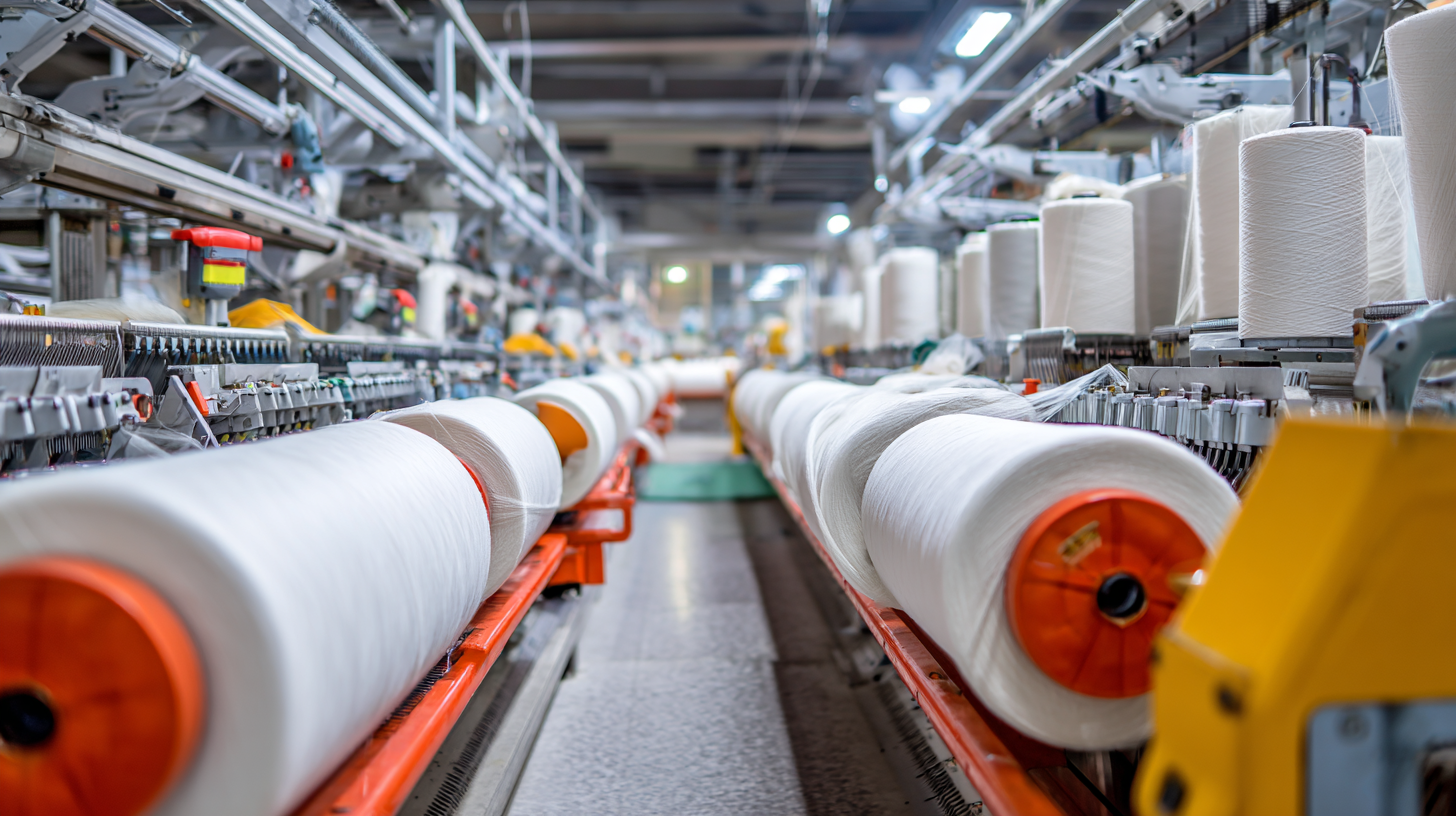
Key Advantages of Weft-Insertion Techniques in Textile Production Efficiency
You know, these weft-insertion techniques in textile making are really starting to get some attention—and for good reason. They can seriously boost efficiency. One of the coolest benefits? Less material waste. By weaving in the weft yarns right during the knitting process, manufacturers can pull off pretty complex patterns and textures without needing extra sewing or finishing steps. It honestly makes the whole operation smoother and faster. That means resources are saved, and companies can respond a lot quicker to what the market wants.
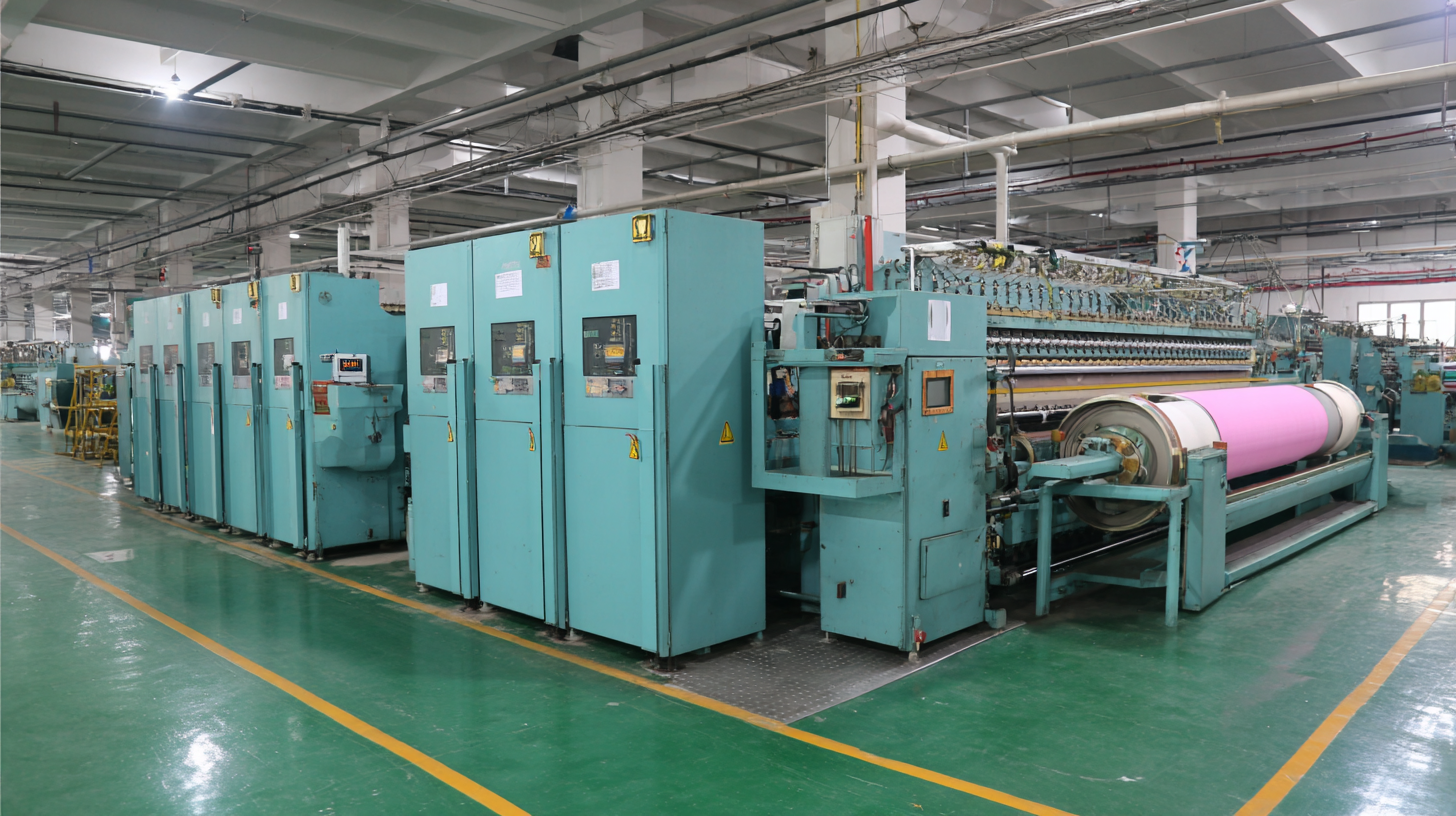
Plus, another big plus is the flexibility it offers in designing fabrics. Being able to mix different kinds of yarns and textures into one piece opens up a lot of creative possibilities. It helps businesses stand out by offering unique, innovative products that really meet different consumer needs. This kind of versatility not only gives you a competitive edge but also makes the most of the machines you already have. Bottom line? Weft-insertion warp knitting machines are pretty much essential for modern textile production—especially now when efficiency and adaptability are more important than ever.
Industry Data: How Weft-Insertion Warp Knitting Machines Boost Output by Up to 30%
You know, weft-insertion warp knitting machines have really shaken up the textile world. They’re all about efficiency and letting manufacturers crank out more fabric than ever before. According to industry reports, these clever machines can boost production by up to 30%. And it’s all thanks to their cool ability to add weft yarns right during the knitting process. That means more options for fabric design and the flexibility to experiment a bit. For companies jumping on this tech, it’s a game-changer—they can offer a wider range of products and better keep up with what customers are really asking for.
But it’s not just about pumping out more stuff. The upgrades also mean better use of resources and way less waste. Plus, with faster production times and less downtime, businesses can pretty much get orders to clients quicker. In today’s super-speedy market, that kind of efficiency is everything if you want to stay competitive. So, by using these advanced weft-insertion warp knitting machines, textile producers aren’t just working smarter—they’re also stepping into a leadership spot when it comes to innovation and sustainability in the industry.
How to Maximize Efficiency with Weft-Insertion Warp Knitting Machines in Textile Production
| Machine Type | Output Increase (%) | Production Time (hours/week) | Material Utilization (%) | Energy Consumption (kWh/week) |
|---|---|---|---|---|
| Standard Weft-Insertion Machine | 20% | 40 | 85% | 250 |
| High-Efficiency Weft-Insertion Machine | 30% | 35 | 90% | 220 |
| Advanced Weft-Insertion Machine | 25% | 38 | 88% | 240 |
Best Practices for Optimizing Machine Settings to Enhance Production Speed
If you're looking to speed things up in textile production with those weft-insertion warp knitting machines, fine-tuning the machine settings really makes a difference. I read in Textile World that just tweaking a few things can bump up productivity by as much as 30%. Stuff like yarn tension, needle speed, and the length of each production cycle all need to be dialed in carefully. For example, keeping the yarn tension just right not only cuts down on yarn breaks but also helps keep the fabric nice and even — which means less downtime overall.
On top of that, using modern tech like real-time monitoring can totally change the game. According to the Knitting Industry Association, factories that use these systems see about 25% fewer machine errors, making the whole process run smoother. Plus, making sure operators get regular training on the best practices can really boost efficiency — folks who know what they're doing can spot and fix issues quickly before they become bigger problems. So, paying attention to these details and staying up to date with technology and skill-building could really help get your production speed up in the textile world.
Innovative Materials: The Impact of Yarn Selection on Weft-Insertion Efficiency
When it comes to warp knitting machines, picking the right yarns really makes a difference—like, it’s a big deal for getting everything running smoothly and efficiently. Lately, industry reports have been buzzing about how high-performance yarns can actually boost production speeds. For example, I read a study from Textile World Research Institute that found using composite yarns could boost machine output by as much as 30%. Pretty impressive, right? The secret sauce here is that these newer yarns are stronger and stretchier, which means the machines can work faster without messing up the quality of the fabric.
And it’s not just about speed—yarn choices also affect costs and how much resources we use. A report from the International Textile Manufacturers Federation (ITMF) mentions that switching to synthetic yarns like polyester and nylon can cut waste by around 25%. Plus, these fibers are super durable, which helps keep the production high and the costs down. All in all, making smart yarn choices isn’t just a small detail; it can really help streamline processes and support more sustainable practices—especially in a competitive industry where quick turnaround is everything.
Future Trends in Weft-Insertion Warp Knitting Technology for Sustainable Production
As the textile world keeps evolving, it looks like weft-insertion warp knitting tech is really going to be a game-changer for sustainable manufacturing. I mean, industry folks are saying that by 2025, the global market for warp knitting machines could hit over $2 billion—crazy, right? And a big reason for that? There's a growing push for energy-efficient processes and using more eco-friendly materials. This technology is pretty amazing because it helps cut down on waste—wear thinner yarns and mix different fibers smoothly, which is super important if we want to be kinder to our planet.
Plus, with all the recent buzz around automation and smarter machines, we’re seeing some serious upgrades. Incorporating IoT (you know, Internet of Things stuff) into these knitting machines can boost efficiency by up to 30%, according to Textile World. That means less energy wasted and quicker, more flexible production schedules—perfect for companies that want to stay ahead of changing trends while still being eco-conscious. The bottom line? The future of weft-insertion warp knitting is all about balancing productivity with sustainability. It’s pretty exciting to think about how this tech will shape a greener, more innovative textile industry down the line.
Unlocking Innovation: Exploring the Advantages of the FCM Chopped Biaxial Warp Knitting Machine
The FCM Chopped Biaxial Warp Knitting Machine is revolutionizing the production of chopped strand mats and compound mats, offering remarkable advantages that enhance efficiency and innovation in the textile industry. With a working width of 2650mm and a gauge of F7, this machine is engineered to accommodate various applications, making it a versatile asset in composite material production. According to recent market reports, the global demand for chopped strand mats is expected to grow at a CAGR of 6% from 2023 to 2028, driven by the increasing use of composite materials in construction and automotive industries.
One of the standout features of the FCM machine is its capability to operate at speeds ranging from 50 to 900 revolutions per minute, ensuring that manufacturers can optimize production rates based on specific product requirements. This flexibility in speed not only enhances productivity but also allows for adaptability in the face of evolving market needs. Furthermore, the single bar pattern drive mechanism facilitates the production of intricate patterns, thus setting a new standard for quality and design in textile manufacturing.
Specialized in biaxial knitting, the FCM machine's innovative design features an eccentric pattern drive that enhances the precision of the output. This advancement is crucial, as industry standards increasingly demand finer control over material properties such as strength and elasticity. A recent study highlighted that users of advanced warp knitting technologies reported up to a 30% reduction in material waste, showcasing how machinery like the FCM can contribute to more sustainable manufacturing practices while also improving product performance.
FAQS
: Weft-insertion warp knitting machines are advanced textile production tools that combine warp and weft knitting techniques, allowing for the creation of complex structures and designs in a single pass.
They can increase production speeds by up to 30%, allowing manufacturers to meet high-demand scenarios more effectively while minimizing material waste and setup times.
Weft-insertion techniques reduce material waste, streamline operations by eliminating the need for additional sewing or finishing, and enable manufacturers to create intricate patterns directly during the knitting process.
Weft-insertion technology improves the performance characteristics of fabrics, leading to better functionality and durability in the end products.
The demand for advanced knitted fabrics is projected to grow by 5% annually, particularly in sectors such as sportswear and activewear, thereby increasing the importance of weft-insertion warp knitting machines.
Versatility allows manufacturers to incorporate different types of yarns and textures into a single fabric, enabling the creation of innovative products tailored to various consumer needs, which enhances product differentiation.
Businesses gain a competitive edge through enhanced efficiency, reduced production times, and the ability to offer a wide range of innovative and differentiated products.
By reducing material waste and streamlining the knitting process, weft-insertion technology contributes to more sustainable practices within textile production.
They help manufacturers satisfy complex consumer demands by allowing for the efficient production of high-quality, functional textiles that align with modern trends.
These machines allow for the creation of complex fabrics without the need for additional setups, which maximizes the utility of existing machinery and conserves resources.
Conclusion
Hey, if you’re in the textile biz, you probably know that Weft-Insertion Warp Knitting Machines are a game-changer when it comes to upping efficiency. These machines use pretty clever techniques to add weft fibers right alongside the usual warp yarns, which means you get better fabric quality and can crank out more products faster. Honestly, they can boost production by as much as 30%, so really, they can make a big difference in how things run on the factory floor.
But, to get the most out of these machines, it’s super important to fine-tune the settings just right and pick the right yarns. Small tweaks and using innovative materials can really make a difference in how smoothly everything goes. And since everyone’s pushing towards more sustainable practices, staying in the loop about future trends in this tech is a smart move—helps you stay competitive and eco-friendly at the same time. Here at DANYANG YIXUN MACHINERY CO., LTD, we’re dedicated to delivering top-quality warp knitting machines that keep up with the changing needs of the textile industry—and we’re always looking to innovate and improve.
Related Posts
-

Understanding Biaxial Cloth: An Insight into Its Types and Applications
-
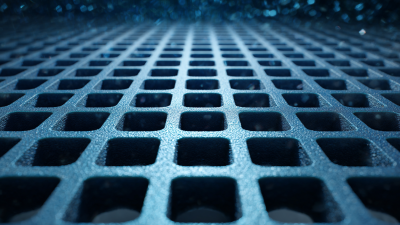
Challenges Encountered with Glass Fiber Grille in Global Market
-
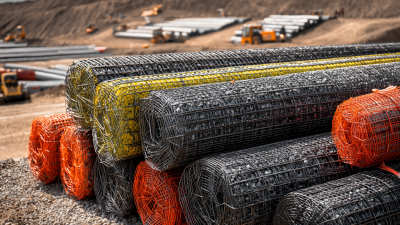
The Ultimate Guide to Understanding Geogrid Material for Construction Success
-
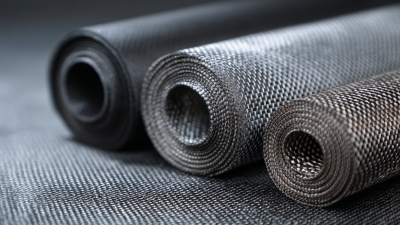
A Comprehensive Guide to Choosing the Right Multiaxial Fabric Cloth for Your Project
-
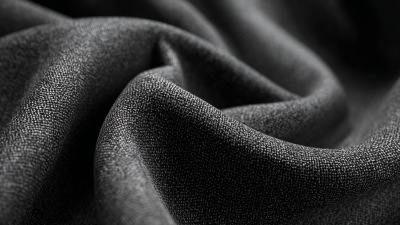
7 Essential Tips for Choosing the Right Industrial Fabric for Your Projects
-
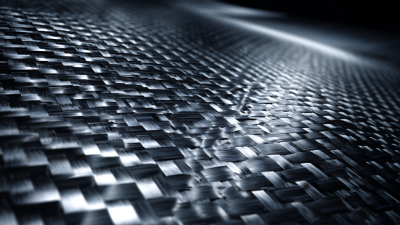
Innovative Applications of Multi-Axial Carbon Fiber in Aerospace and Automotive Industries


